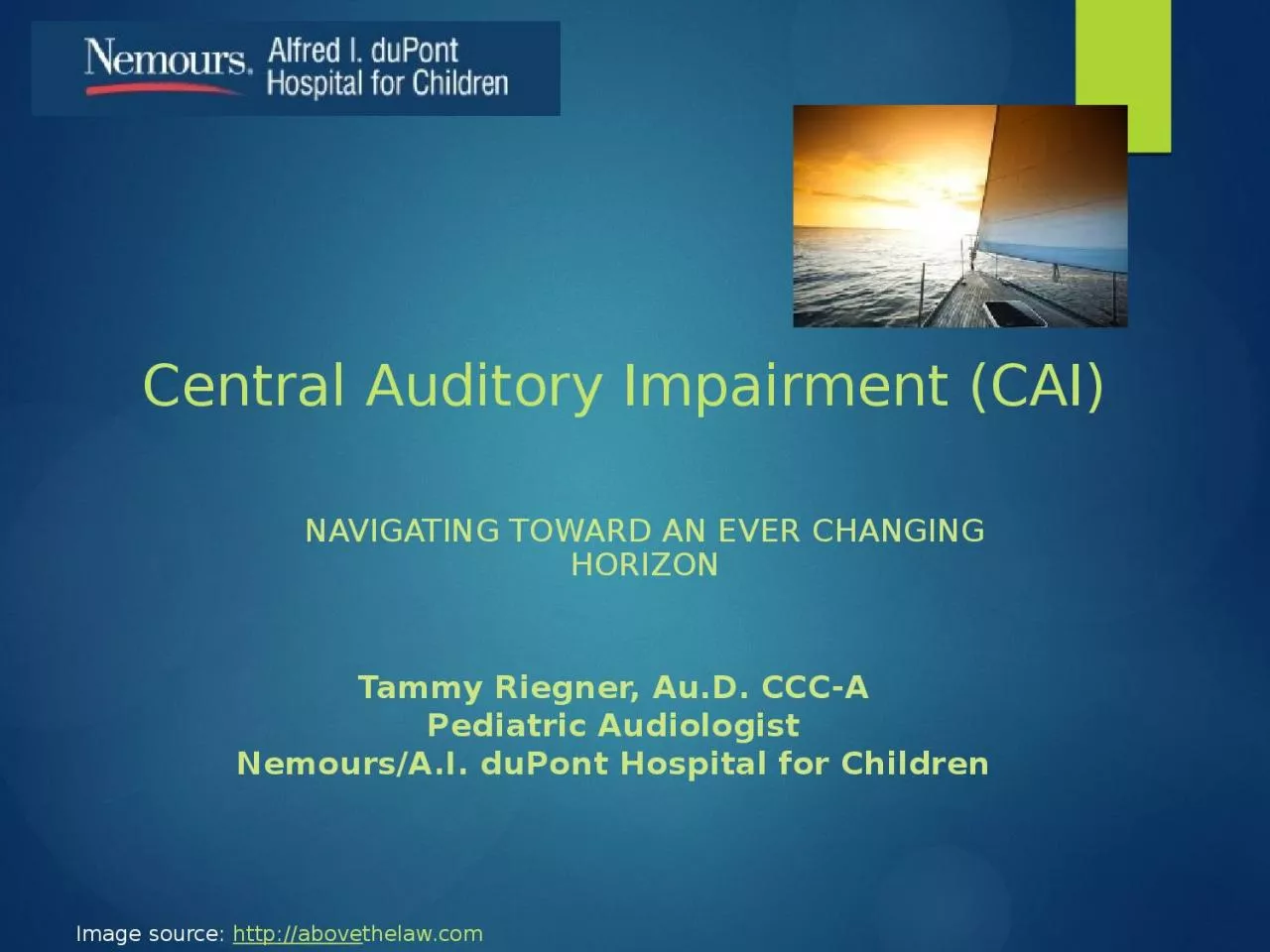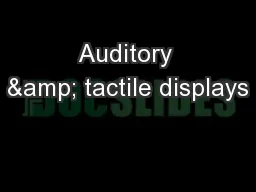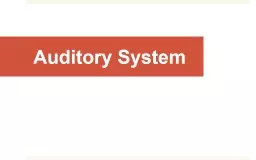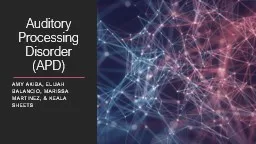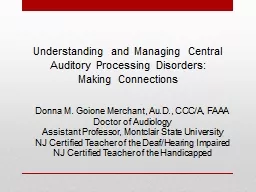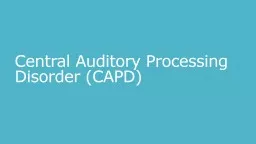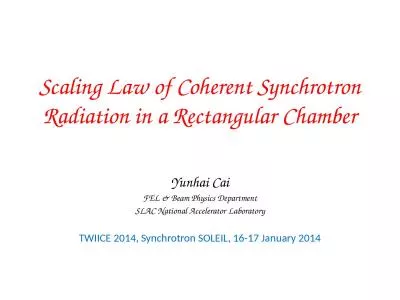PPT-Central Auditory Impairment (CAI)
Author : callie | Published Date : 2024-01-03
NAVIGATING TOWARD AN EVER CHANGING HORIZON Tammy Riegner AuD CCCA Pediatric Audiologist NemoursAI duPont Hospital for Children Image source http above thelawcom
Presentation Embed Code
Download Presentation
Download Presentation The PPT/PDF document "Central Auditory Impairment (CAI)" is the property of its rightful owner. Permission is granted to download and print the materials on this website for personal, non-commercial use only, and to display it on your personal computer provided you do not modify the materials and that you retain all copyright notices contained in the materials. By downloading content from our website, you accept the terms of this agreement.
Central Auditory Impairment (CAI): Transcript
Download Rules Of Document
"Central Auditory Impairment (CAI)"The content belongs to its owner. You may download and print it for personal use, without modification, and keep all copyright notices. By downloading, you agree to these terms.
Related Documents

